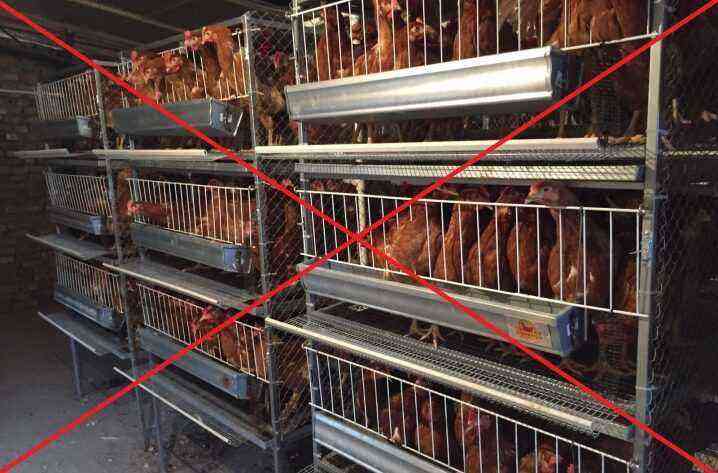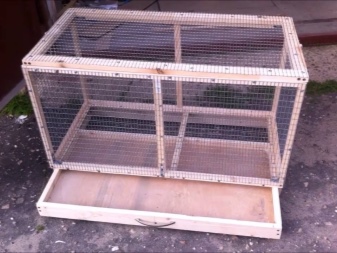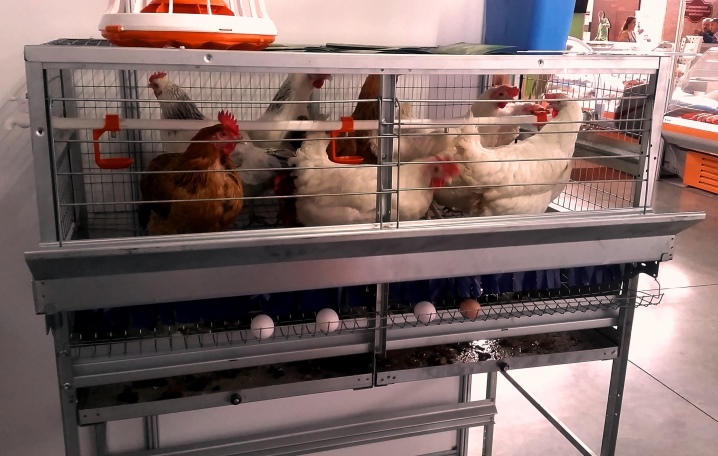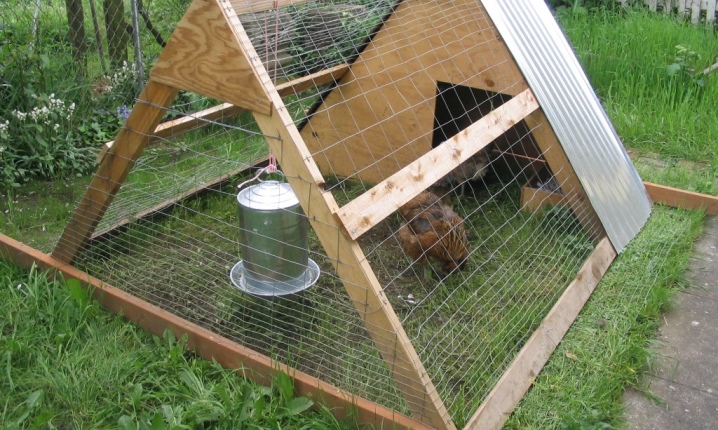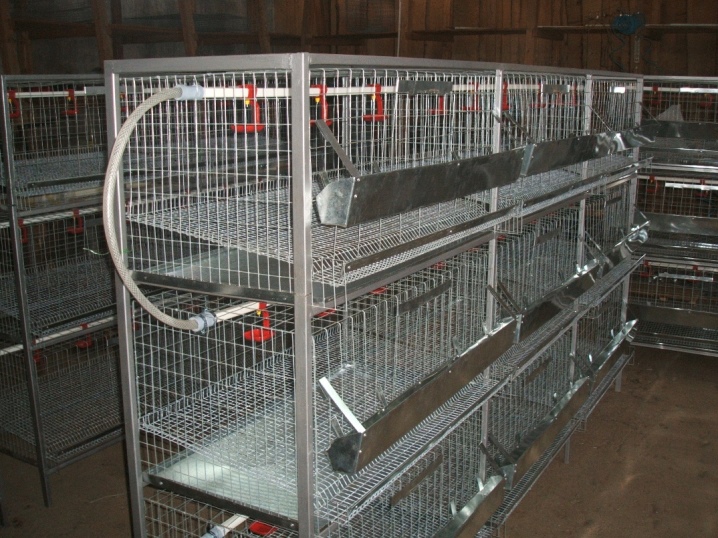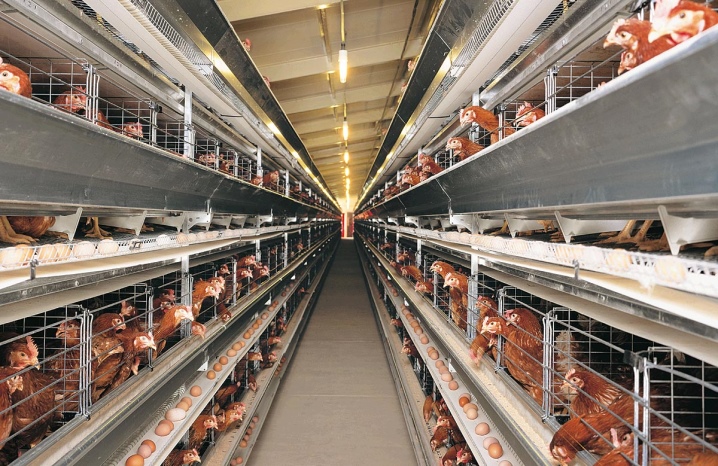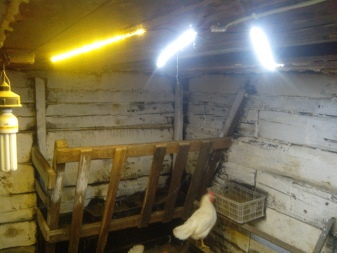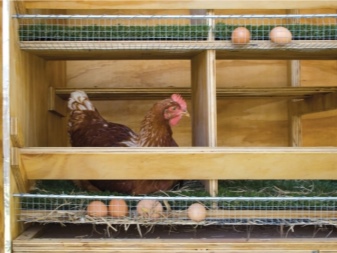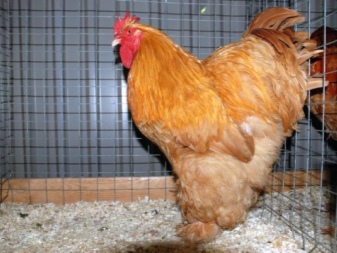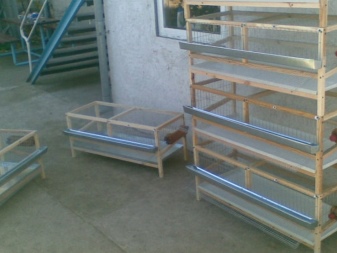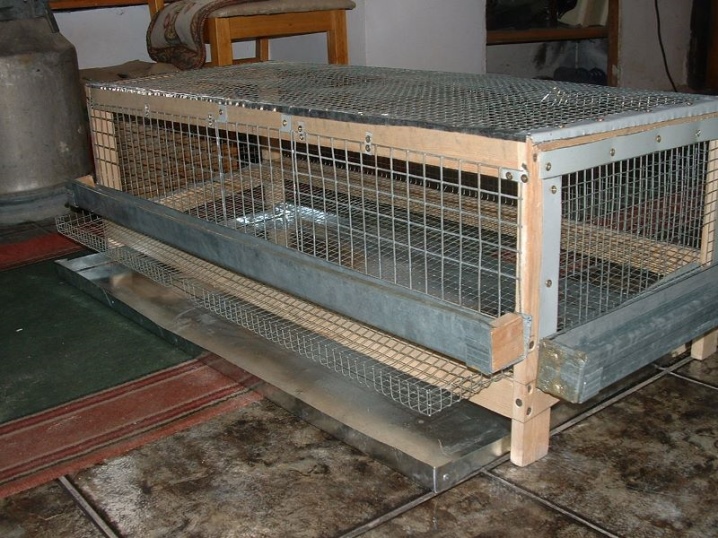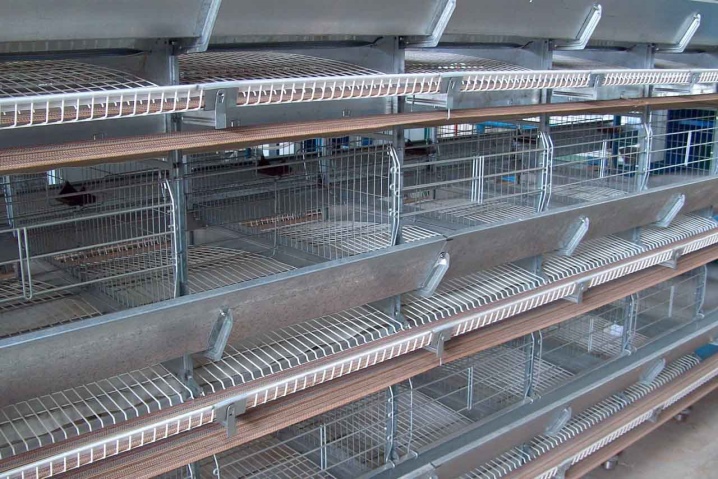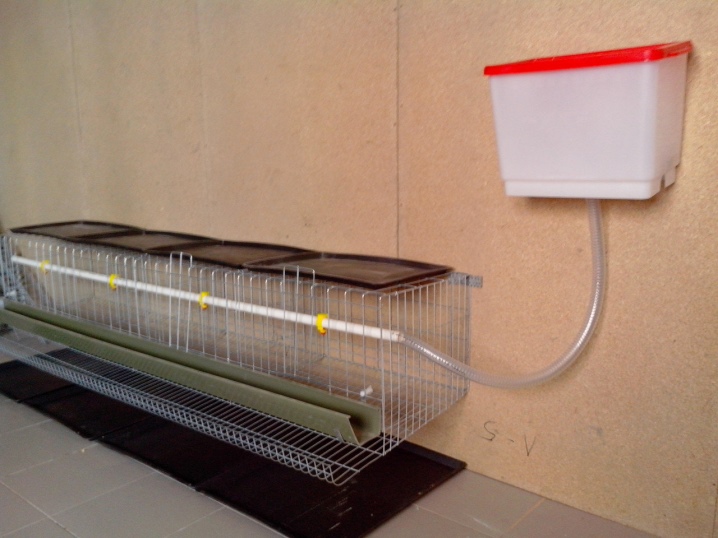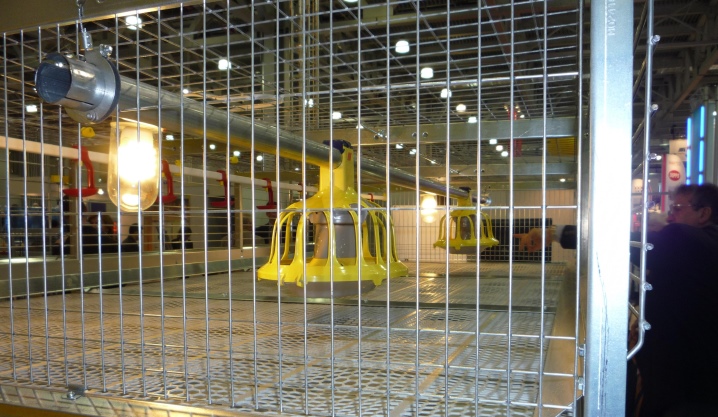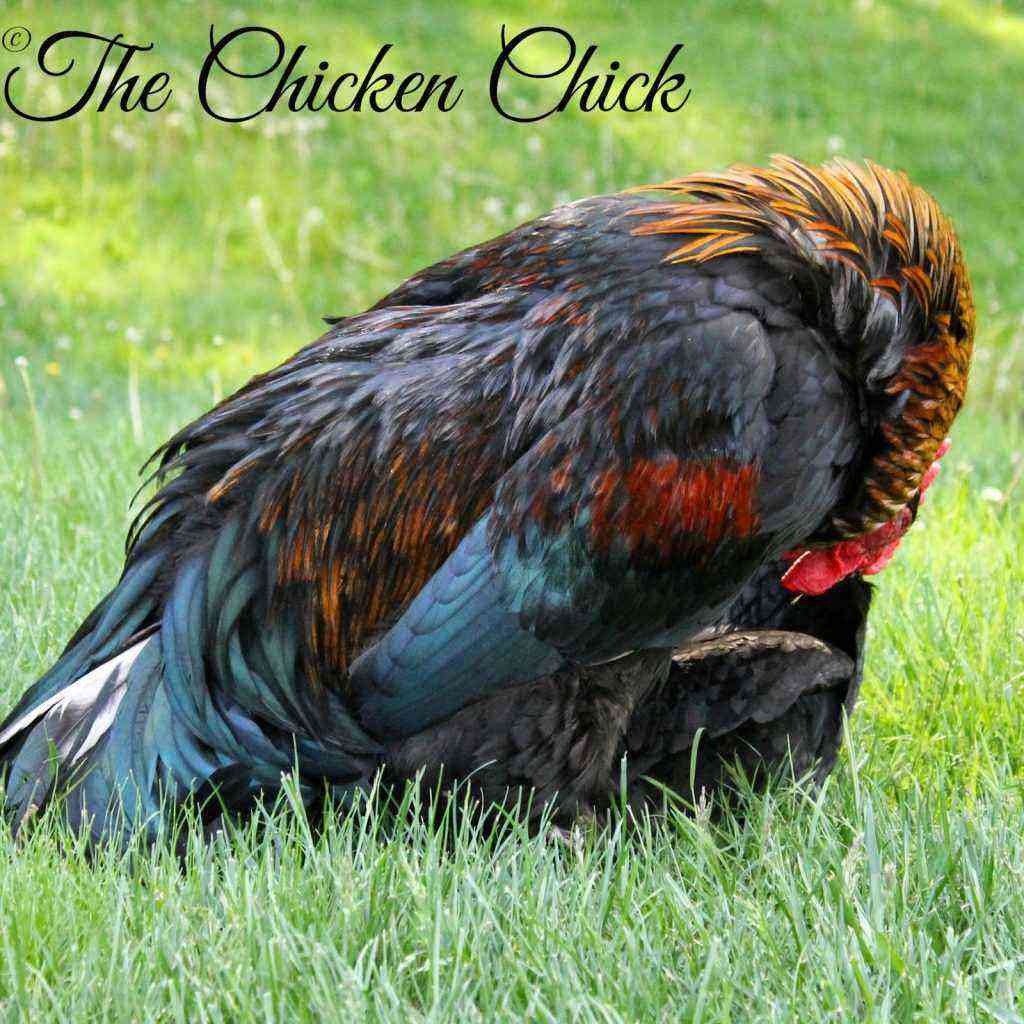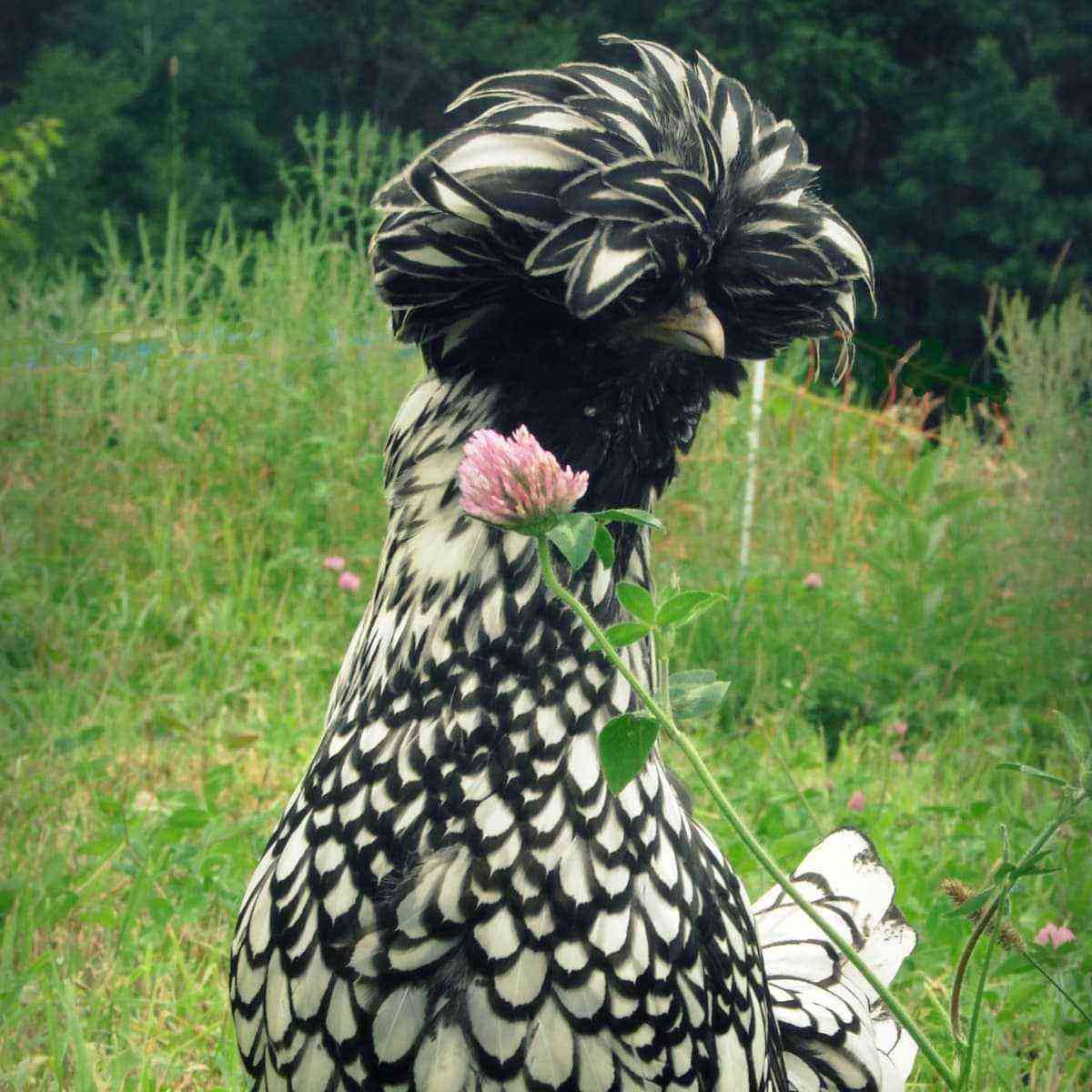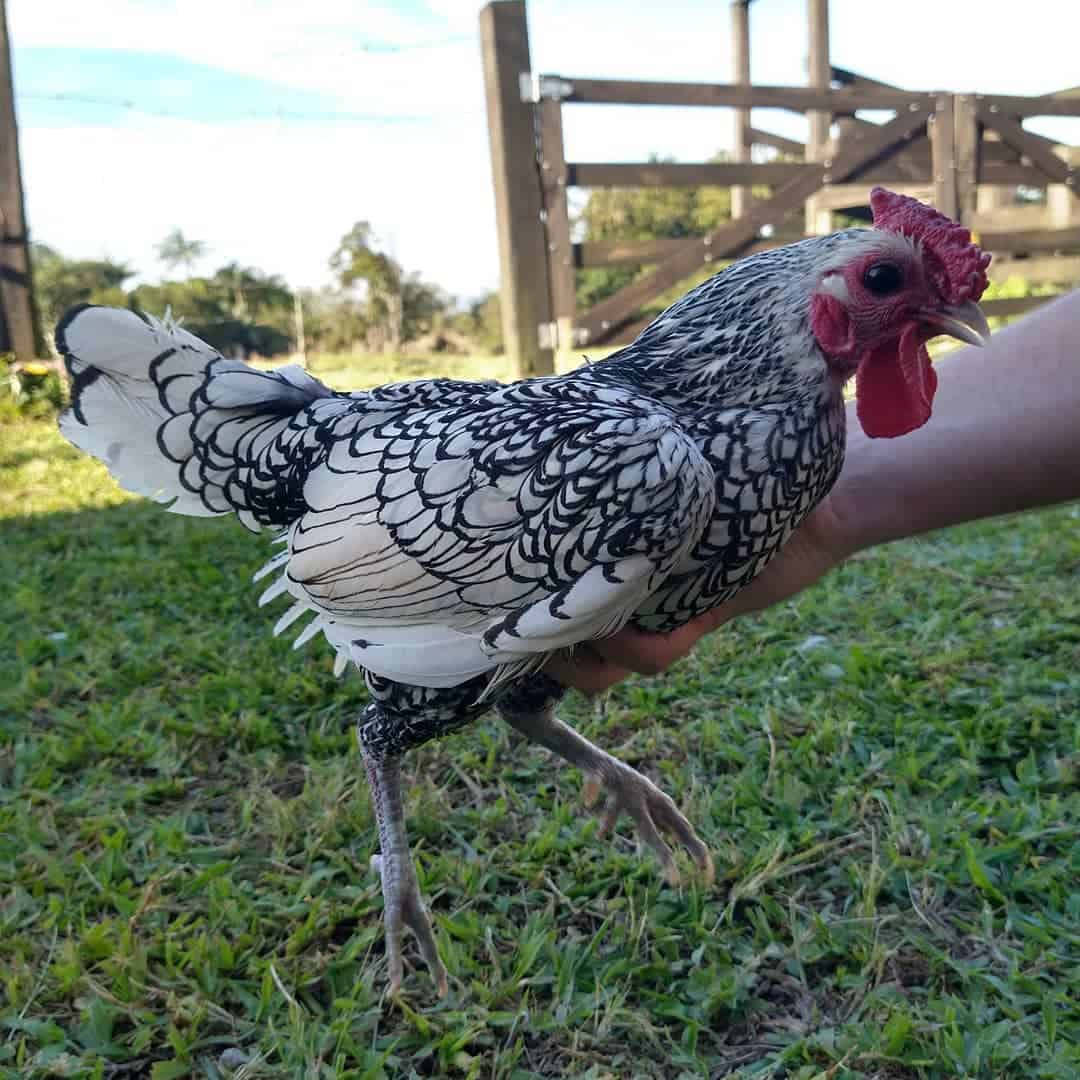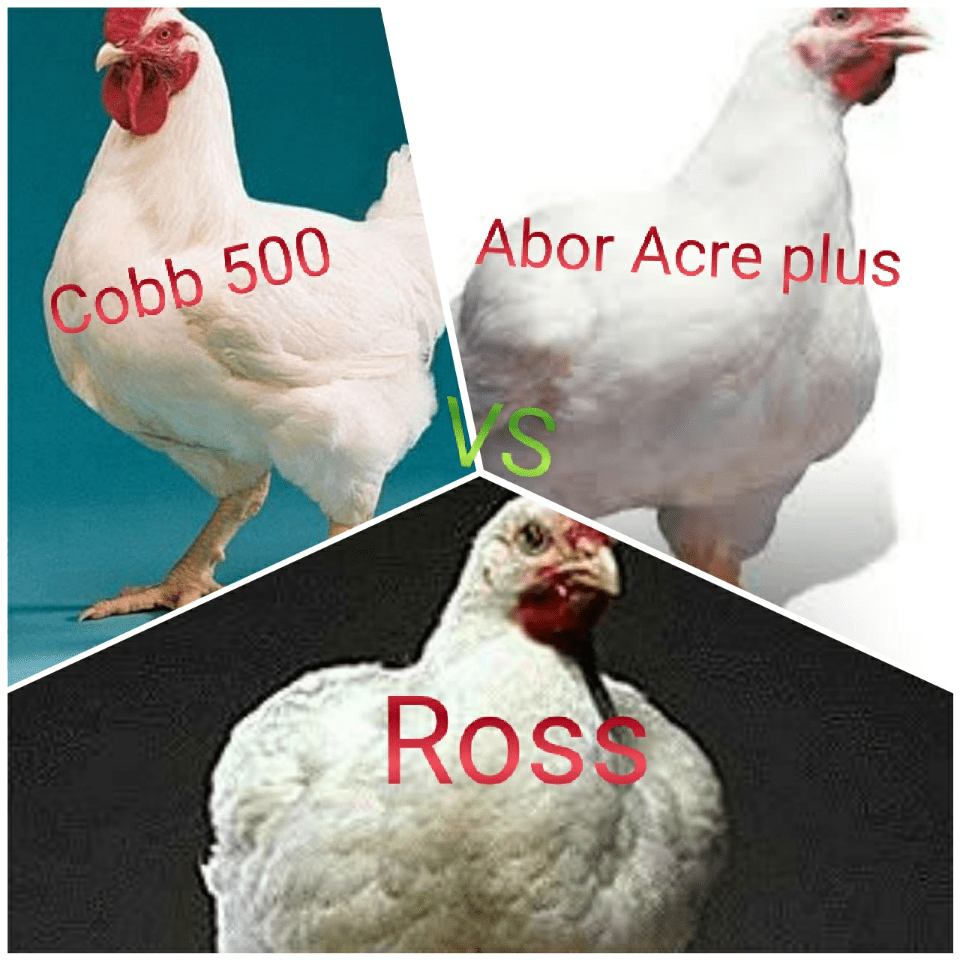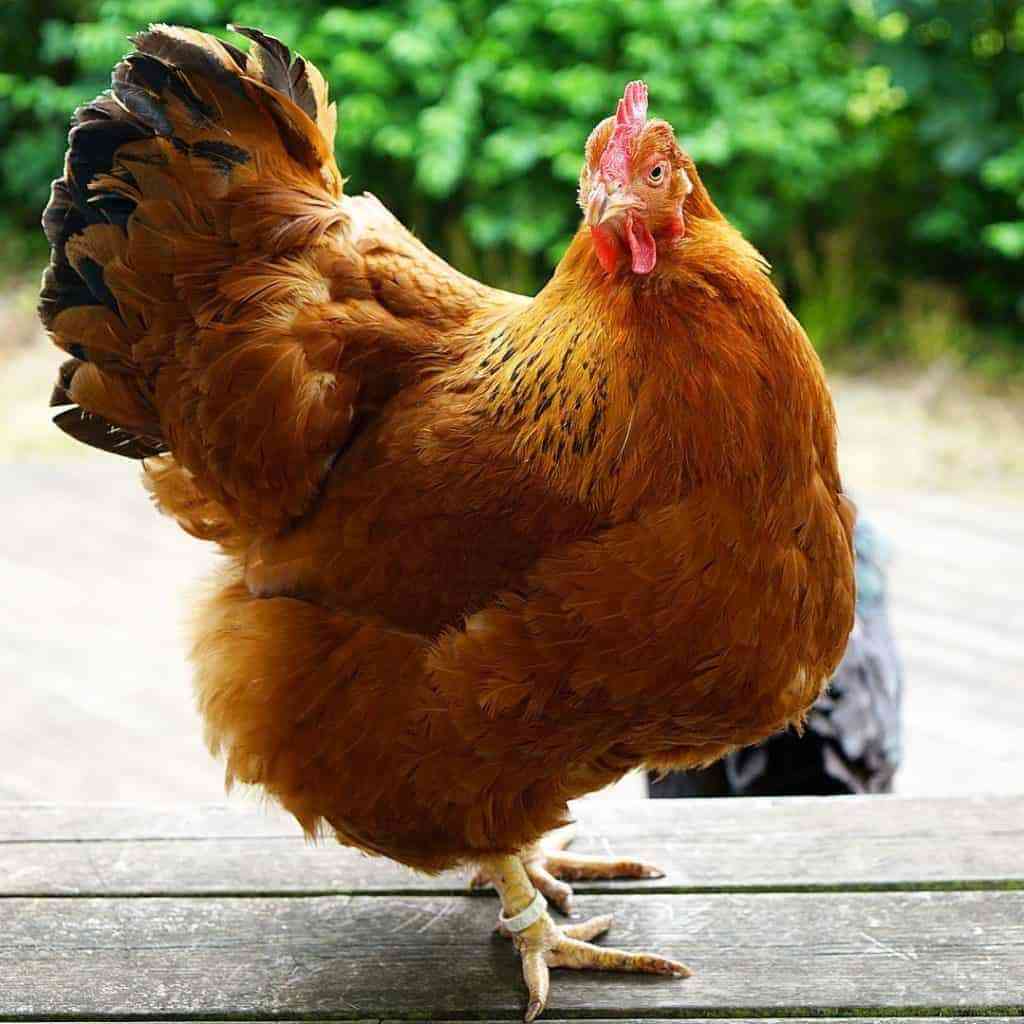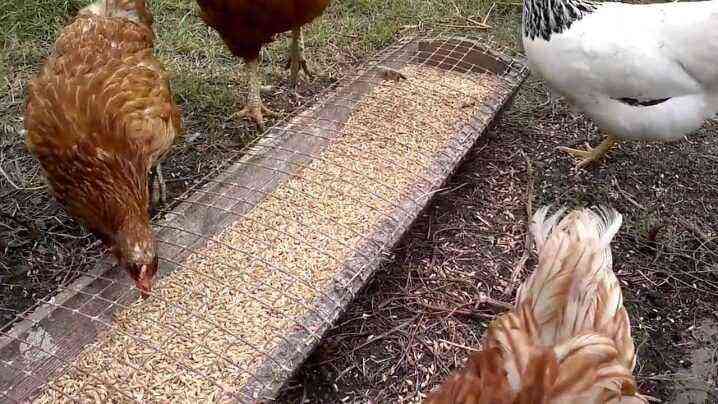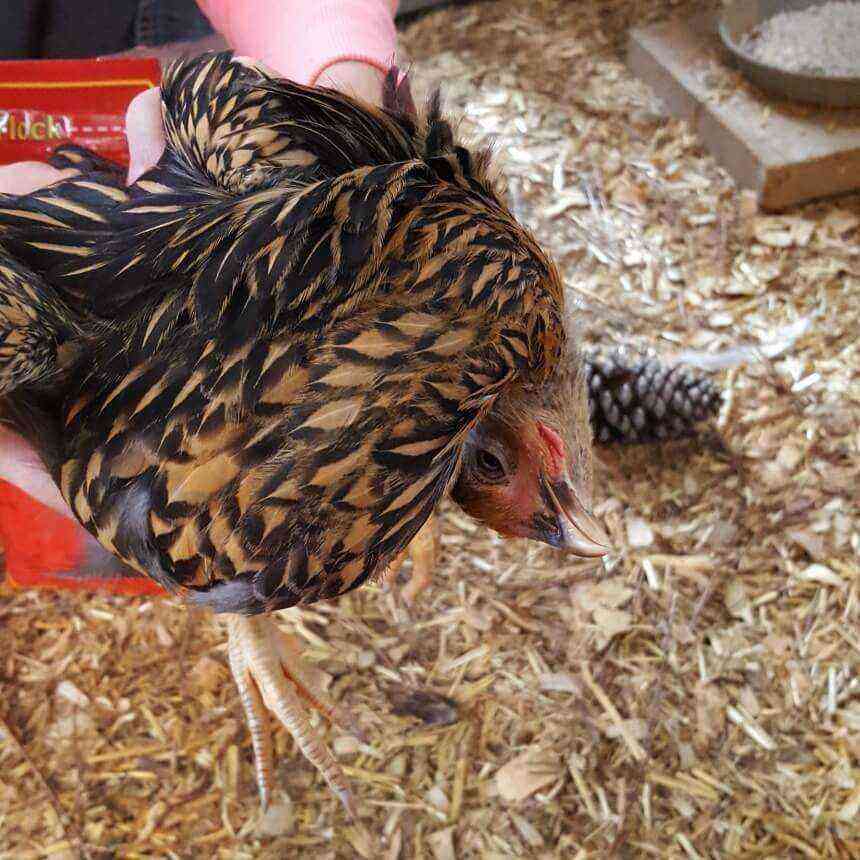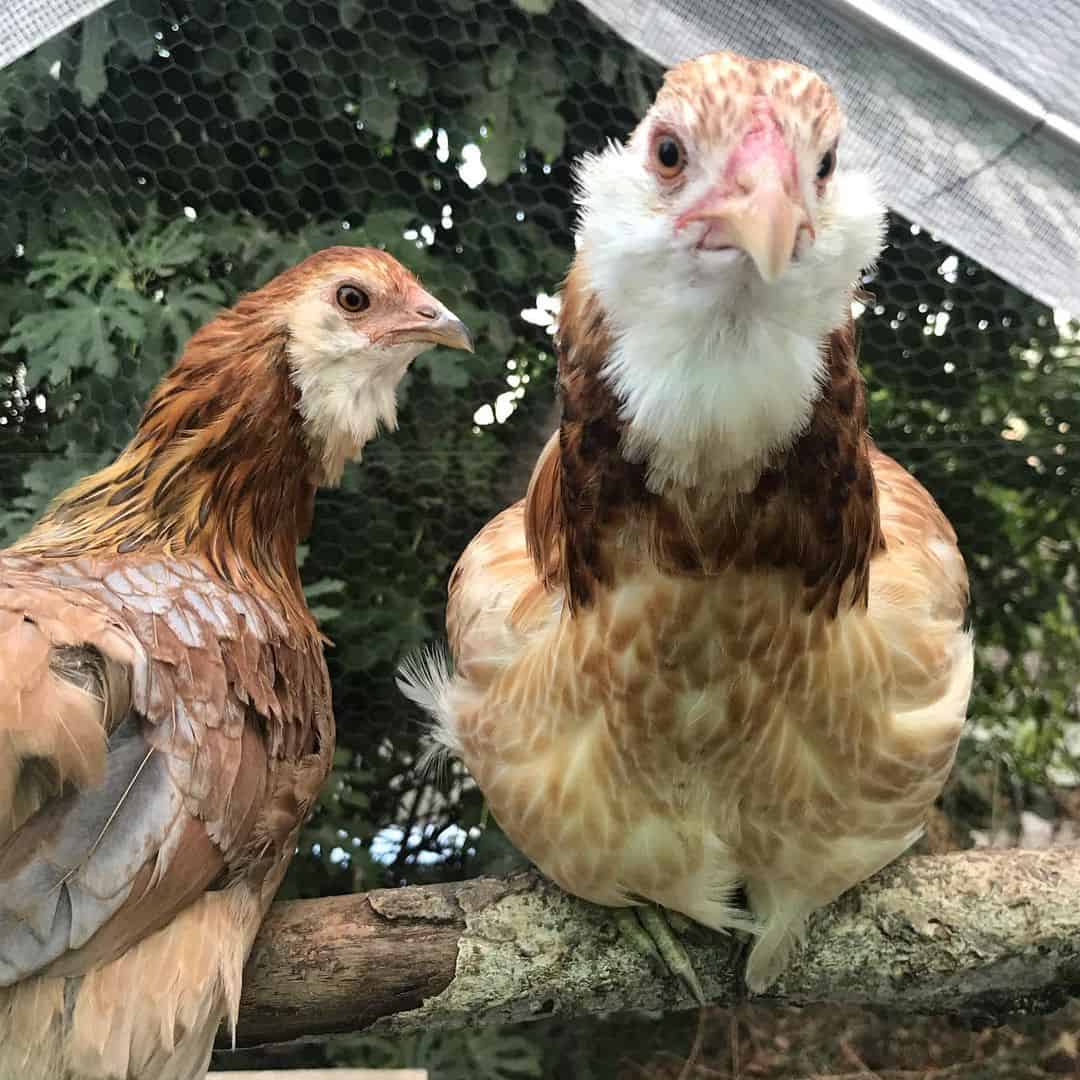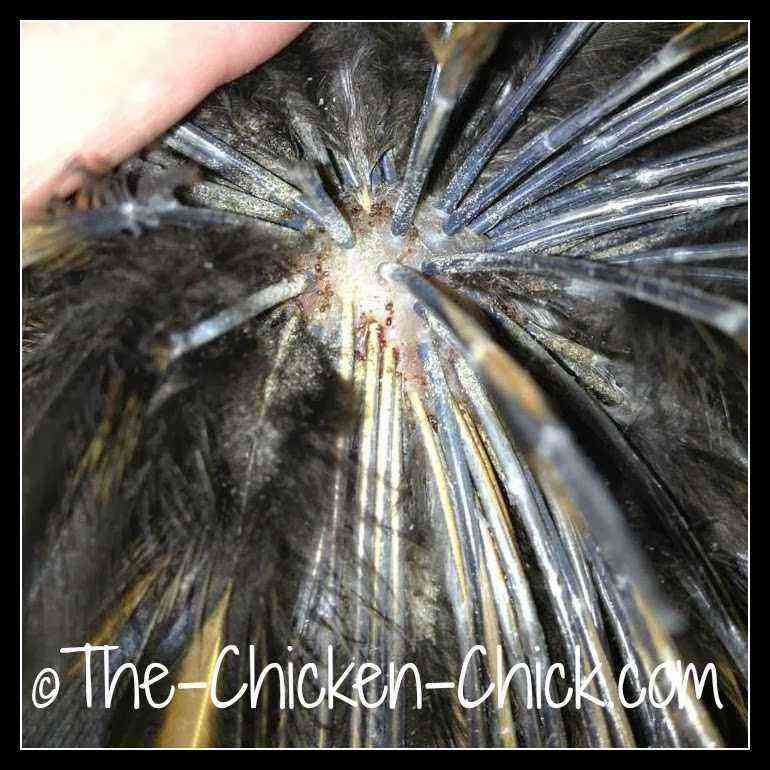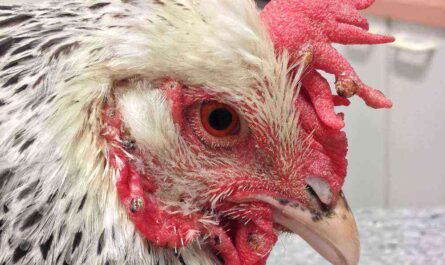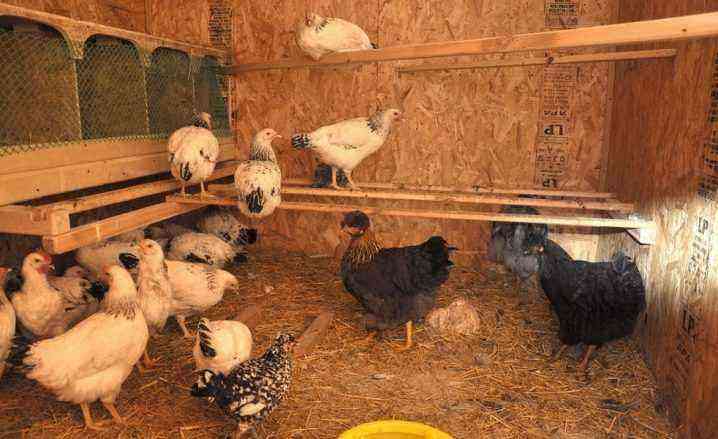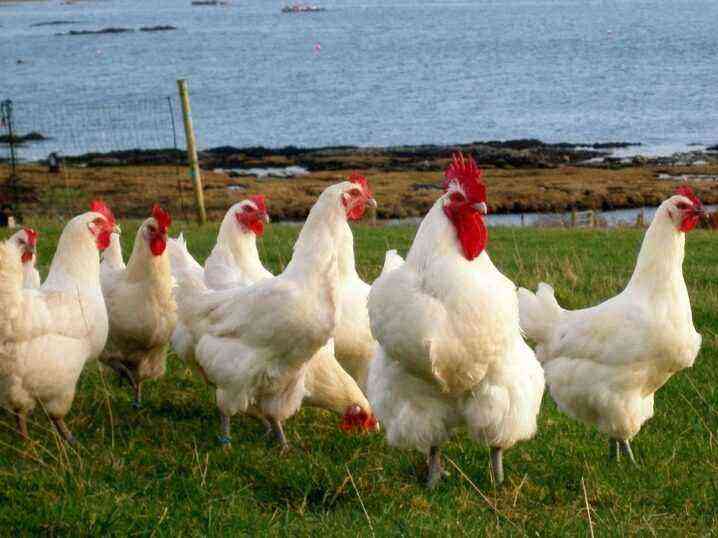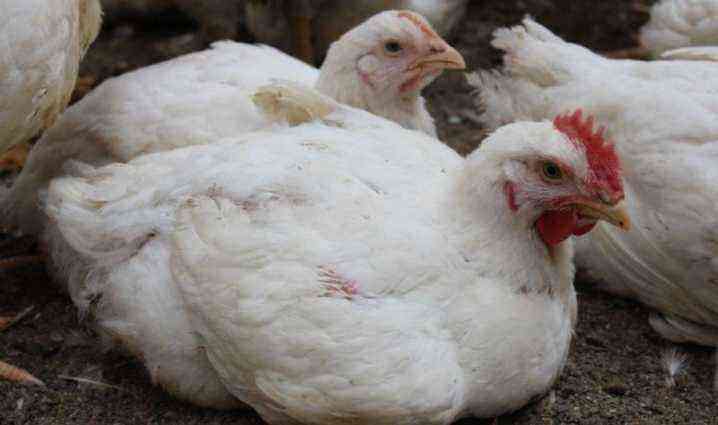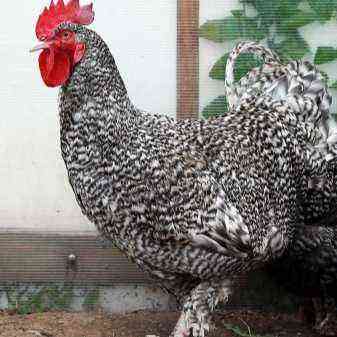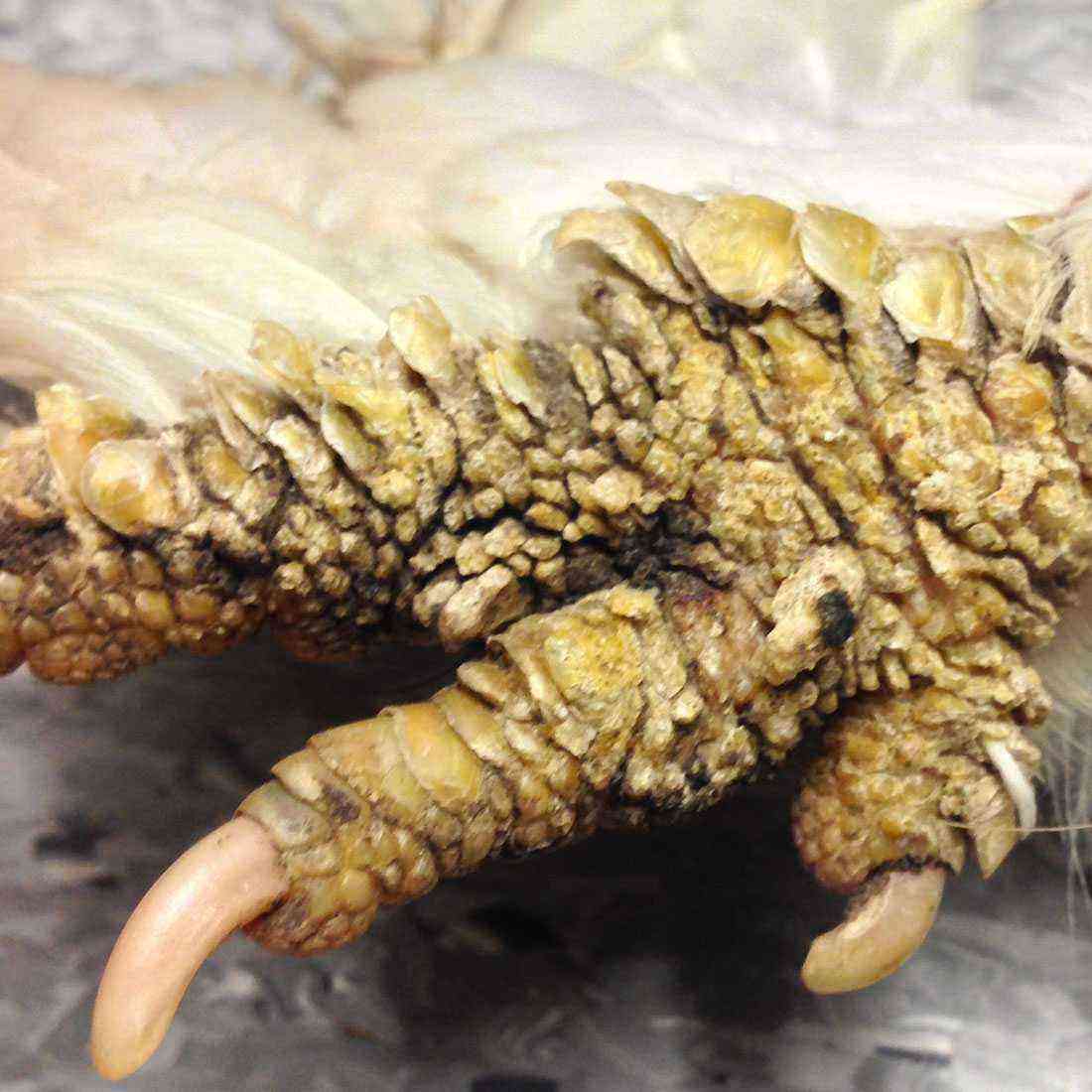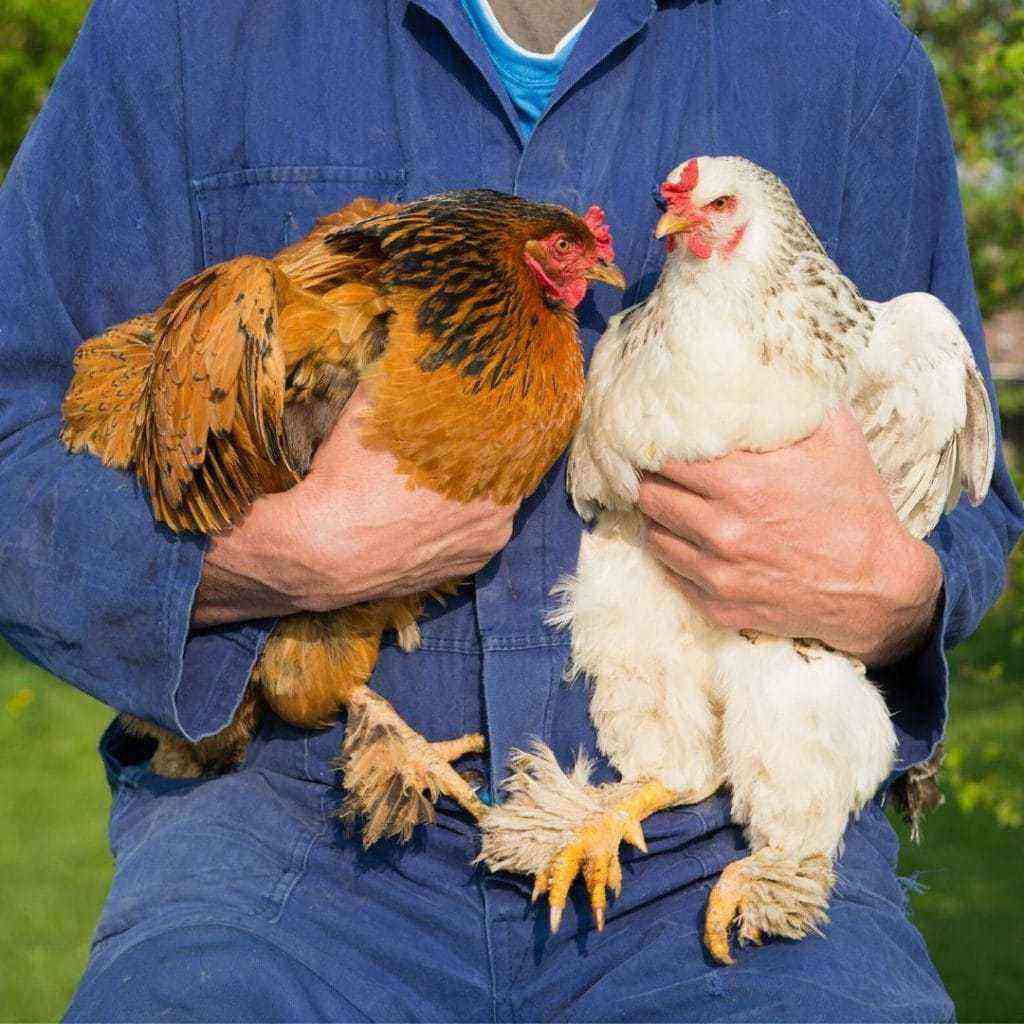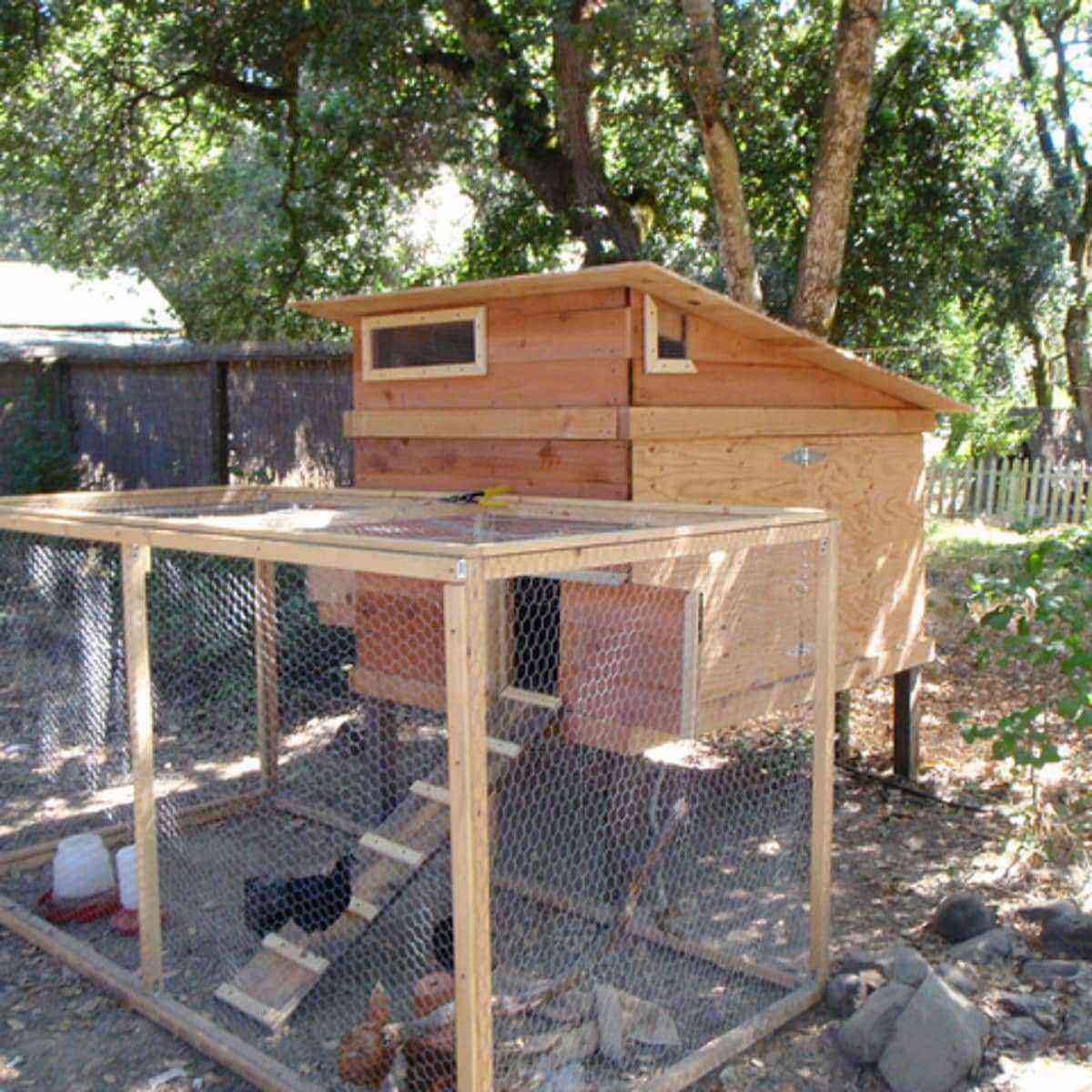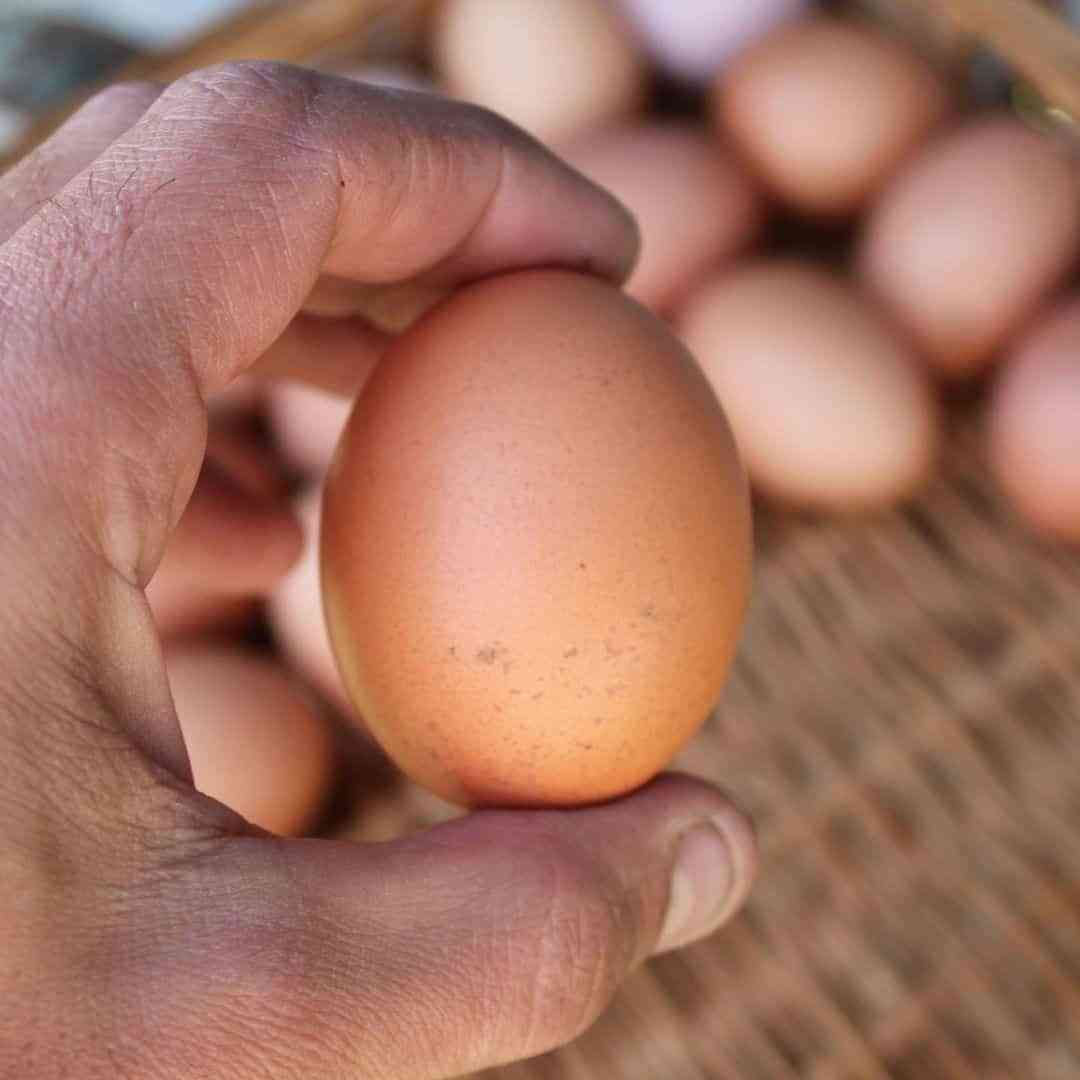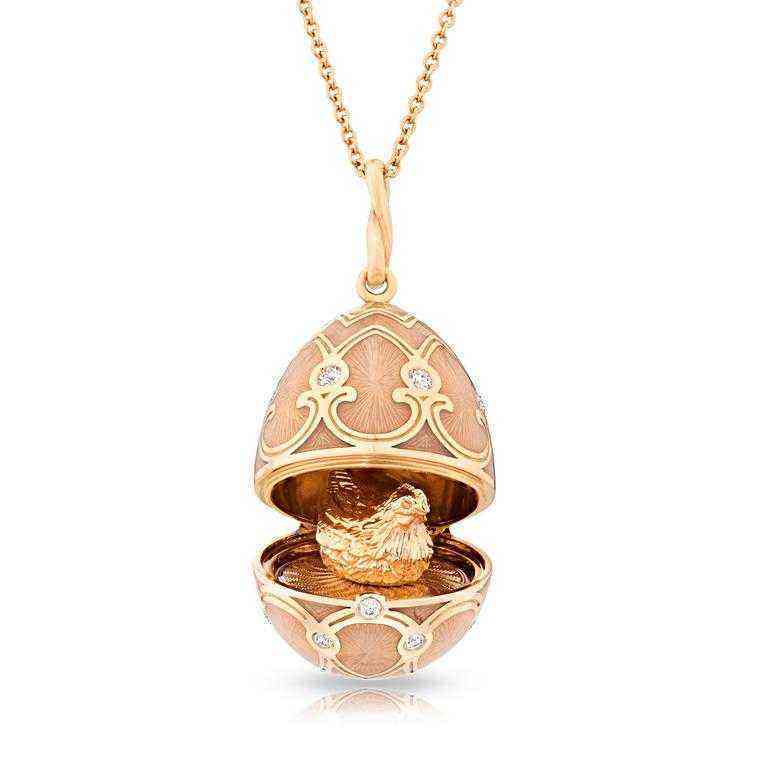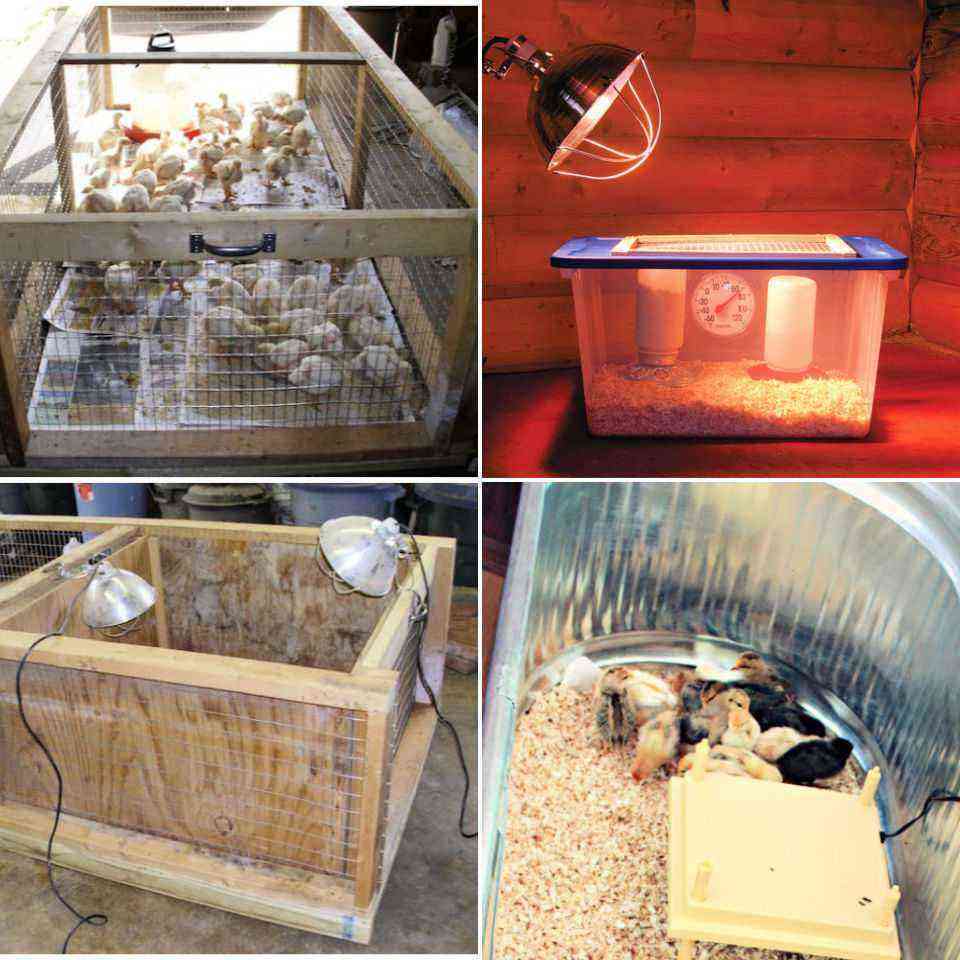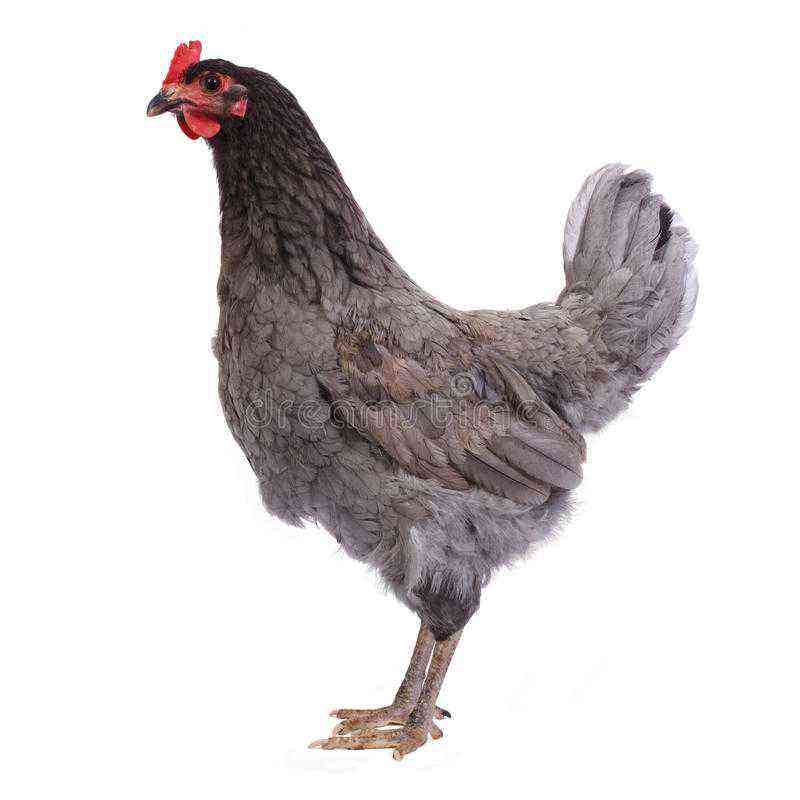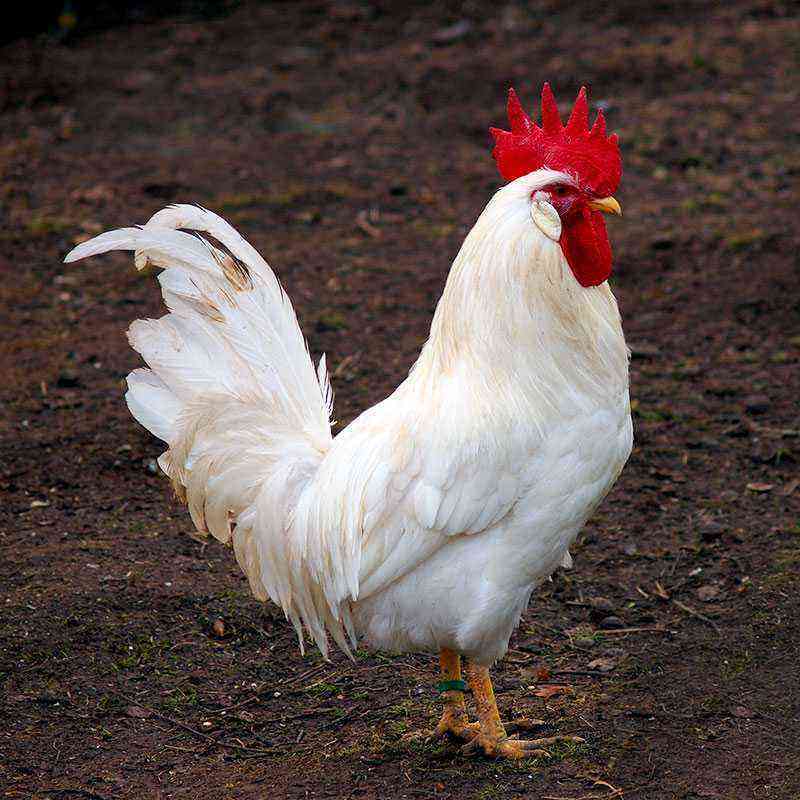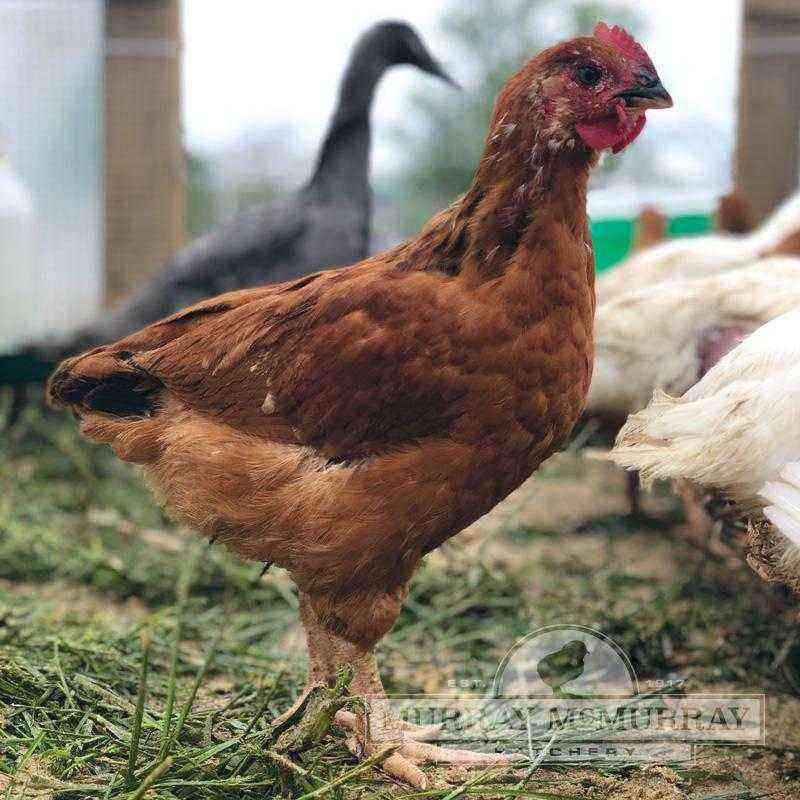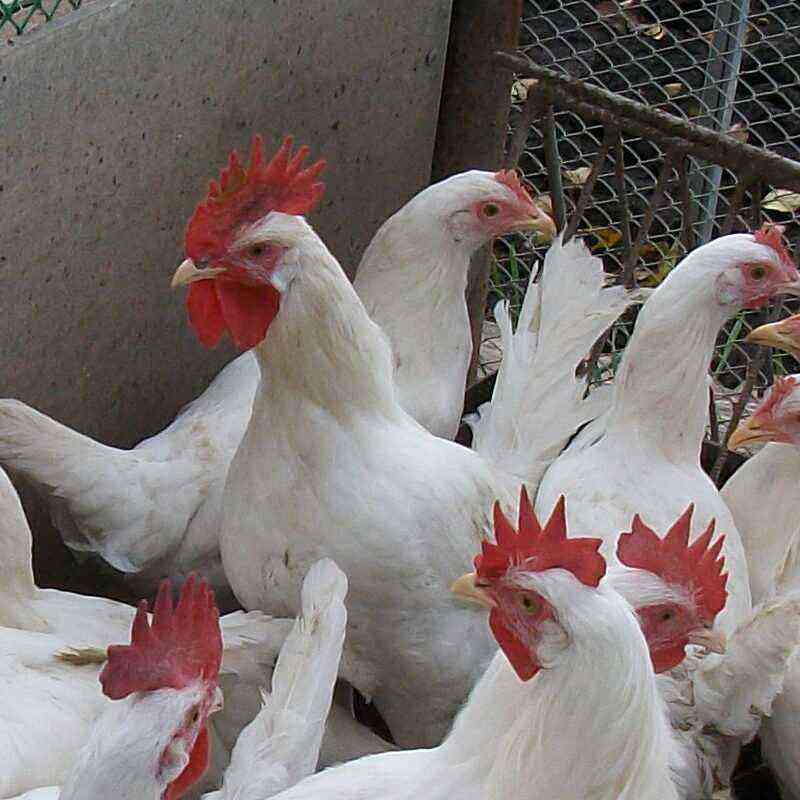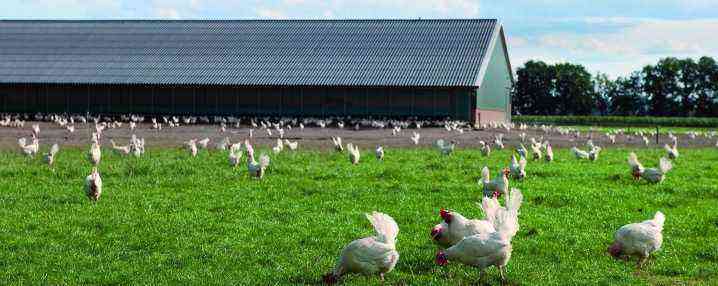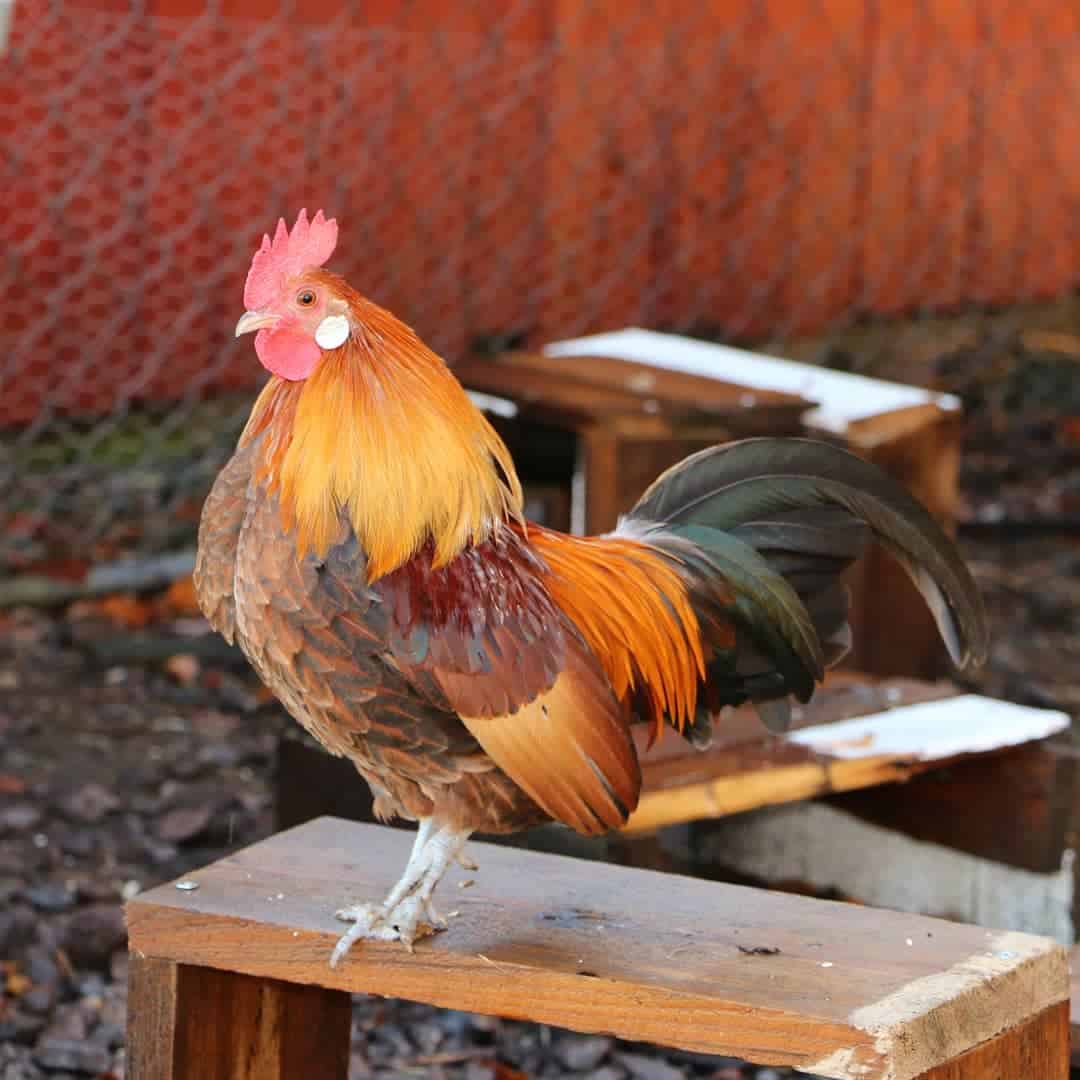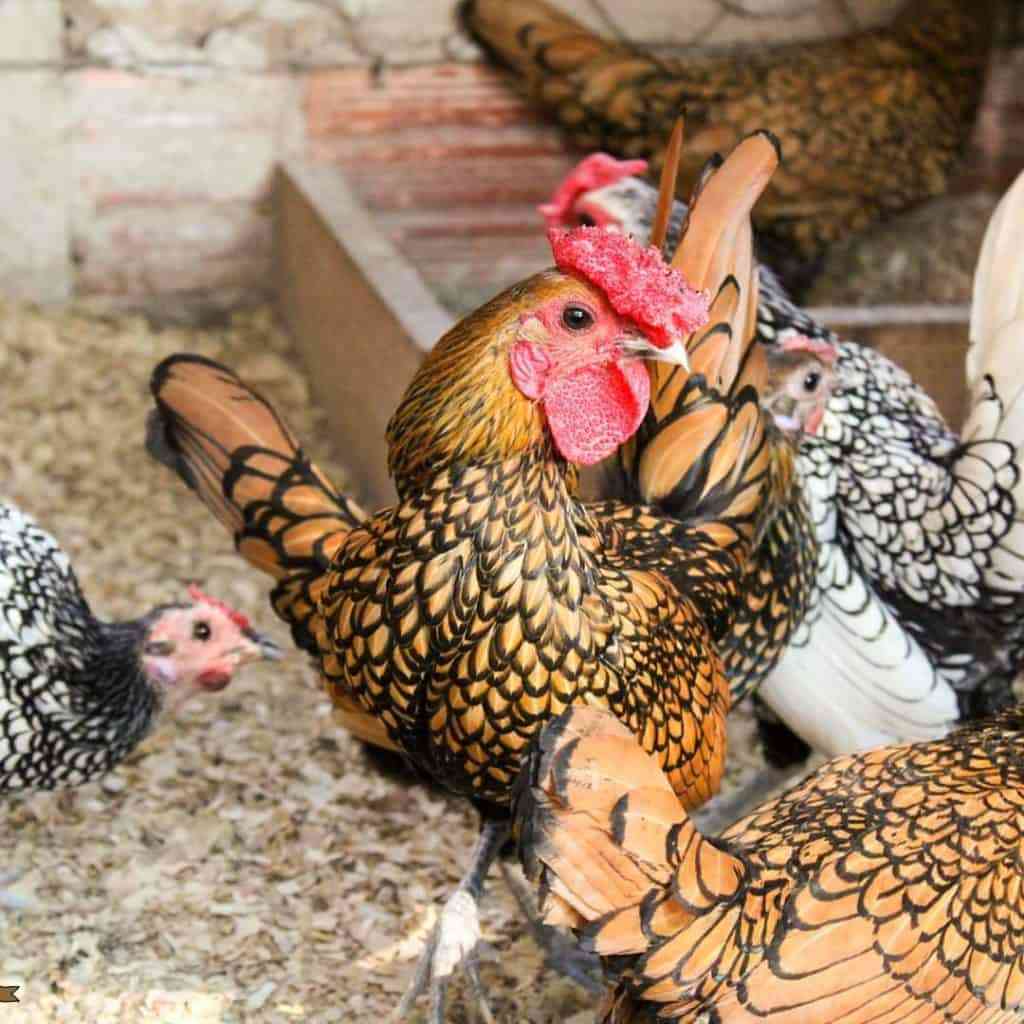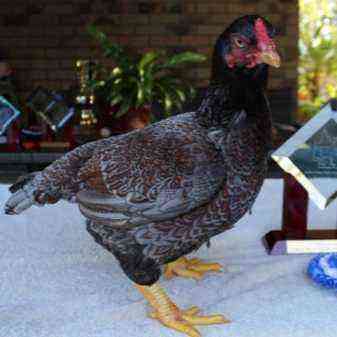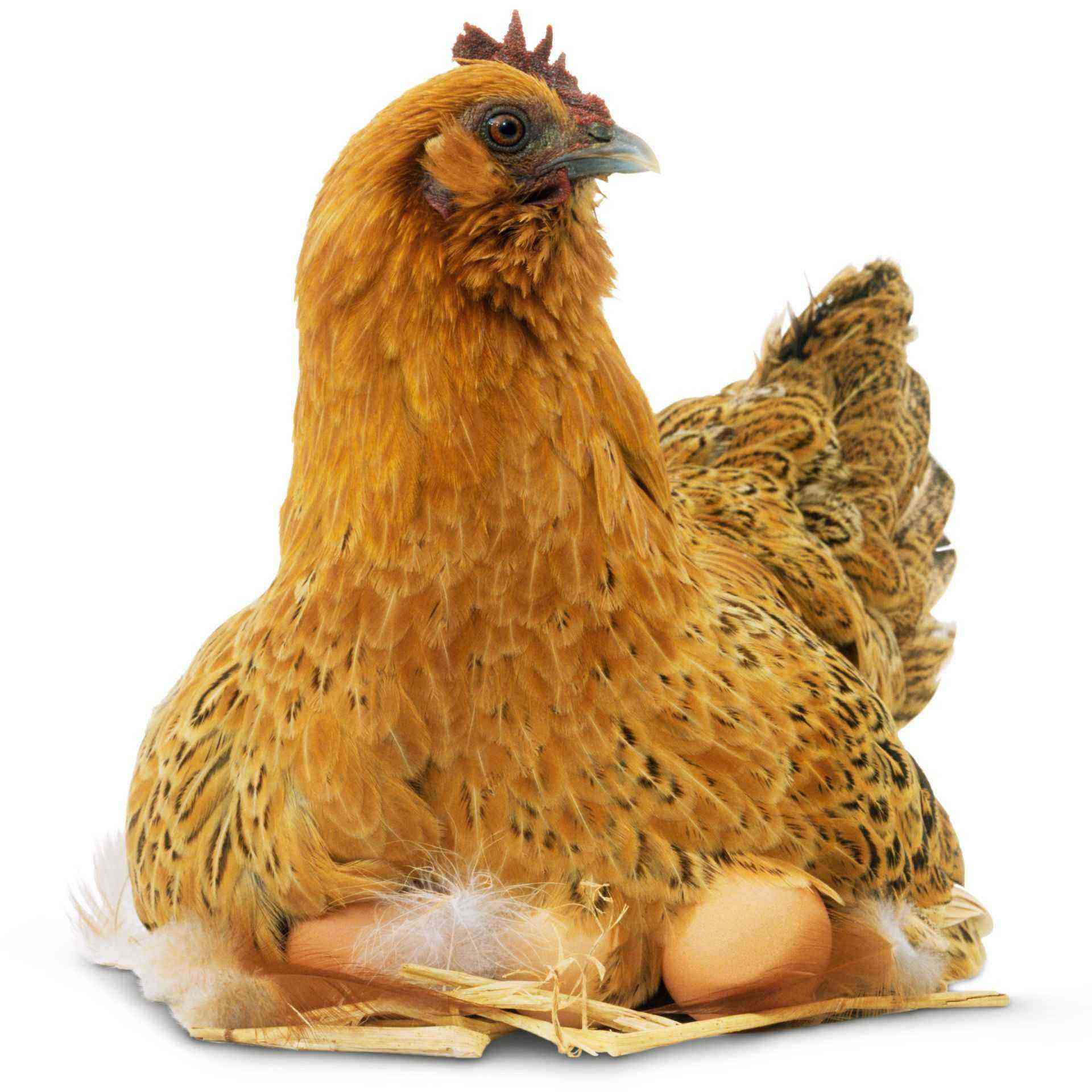Cages for laying hens are made by the main component of farmers with their own hands due to the versatility and simplicity of construction. There are two basic modifications: with a hard floor and with an egg collector. The second option is more problematic to create, but more comfortable to maintain. In addition, the cages should be equipped with lamps and equipment for feeding food. Lighting is required in order to lengthen the laying period of eggs (as soon as the length of the day becomes shorter).
Features
Keeping chickens for eggs is a common activity of personal subsidiary plots. As practice shows, cages for laying hens are an inexpensive and most successful solution for such activities. This is due to:
- the prospect of continuous control of the bird;
- compact localization of chickens;
- comfortable collection of eggs;
- certain sequence of feeding and care.
However, not every cage is suitable for breeding birds at home – traditional buildings for broilers and chickens are not suitable for high-quality egg collection.
In this regard, specialized cages for laying hens have been designed, which allow the bird to feel comfortable, and the owner to have a good income. There are two ways to obtain the required device:
- purchase a cage at a specialized outlet;
- make a cage with your own hands.
The first method is less labor-intensive, but it is the most expensive.
In this regard, many poultry breeders opt for home-made designs. Making your own cage for laying hens is relatively easy and quick.
Almost anyone, having elementary skills and improvised materials, is able to complete all the required processes using the developed drawings and images.
How to choose?
The choice of cell is carried out taking into account a wide variety of factors, which will be discussed below.
- The key one is the scale of the economy. It makes more sense for ten layers to have two nests than to keep them in a cage. If there are more birds, and there is no possibility of free range under any conditions, it is worth giving preference to keeping them in cages.
- The next factor is the material of manufacture. Metal materials are much more durable and reliable, if only metal coated with zinc is practiced. Of course, it is easier to create a cage from wood. But it is not so strong and for multi-level structures, for example, is not suitable.
- The number of copies. Cages for one copy, as a rule, are used in the cultivation of breeds where traceability of eggs is of great importance. For egg-laying chickens, cages for 4-5 copies are considered especially in demand. With a significant economy, the largest structures (for 7 copies) are practiced and are placed in tiers.
- Concept. Cells are transportable and static. Static are installed indoors and do not move. Portable options are equipped with equipment for carrying and are taken out into the street in the summer. Even in the absence of free range, being outdoors and in the sun makes the birds healthier.
- Installation method. In ordinary situations, cages are placed on racks. The distance from the structure to the floor is determined by comfort. Wall installation is practiced only when the fence is a bulkhead, since the load-bearing walls dry out too much in winter. The hanging version is the least likely to come across – this method simplifies cleaning activities indoors, but it is the most difficult to implement.
Tiered structures are usually used in large farms, where it is necessary to place the largest number of chickens in a small area. This modification is non-separable and is an integral frame with cages and saucers, which are installed at a certain distance from each other.
When operating a cage battery for breeding laying hens, it is very important to provide the necessary illumination. Dark or overly lit places should not be allowed.
In large farms, lighting of a different spectrum is often practiced. As seen from practice, rotation of yellow, orange, red colors, as well as gradation switching on and off of lighting, simulating sunrise and sunset, have a positive effect on the productivity of laying hens.
Dimensions and shape
In order for the calculations to be correct, it is necessary to take into account the size of the bird that is supposed to be kept.
- Egg. In this embodiment, the cage should not be made excessively high, since the size of such a chicken is not very large. It is believed that one bird needs to isolate the space from 20 to 50 cm2, their optimal size is 5×10 cm.
- Meat-egg. Instances of breeds of the meat and egg direction are characterized by large sizes, and therefore one individual will need to isolate more space – approximately 80-90 square meters. cm.
When calculating the parameters of the cage, it is also necessary to take into account the number of livestock, since it is extremely important to maintain the area ratio and prevent excessive crowding in the future. For example, according to the number of heads, cells can be:
- for one chicken – 50x50x65 cm;
- for 2-3 laying hens – 60x100x45 cm;
- for 4-5 laying hens – 60x120x50 cm;
- for 5-7 laying hens – 70x150x65 cm.
Materials
The main conditions for establishing cage breeding of chickens are safety and compliance with hygiene requirements. The finished cage must be adapted for cleaning and sanitation. In addition, it must exclude any injury to birds during use. It is necessary to plan free space in such a way that so that there is an optimal permeability of light and air masses.
The skeleton of the cage is made of a wooden bar or a metal profiled material. The walls are made of zinc-coated material or non-corrosive mesh. For the fastening area of drinkers and feeders, the chicken’s head must pass freely through the holes. The floor needs a mesh with a small section, so as not to impede the movement of the bird.
You will need the following tool:
- screwdriver;
- angle grinder;
- saw;
- pencil;
- tape measure, square and level.
If the structure is iron, you will need an electric welding unit. Having prepared all the source materials and tools, you can begin to create a structure.
How to do?
Based on the potentials of the farm owner and the tasks of raising chickens, cages can be different. They can roughly be divided into two key types.
- With pad. In such structures, the floors are built deaf and covered with straw or shavings.
- With slanted flooring and egg collector. The flooring is double, the upper level is constructed as a lattice and has a slope. The lower one is deaf and equipped with a retractable device. The design allows you to keep dry and clean. In this case, the eggs do not fall under the bird or into the nest, but immediately roll down into the groove.
This cage design is considered ideal, as it minimizes the contact time of the chicken with the egg.
Each of these modifications can be mounted on your own at home. Sometimes cages are built in groups for 7-10 copies (much more in reputable poultry farms). With a significant bird population, a cellular battery (aggregate of cells) is suitable. It is a cell consisting of several tiers and rows.
- Before you get started, you need to take care of the fixture drawing. Initially, it is necessary to lay out a diagram of the entire structure and depict key dimensions. It is much easier to apply ready-made parameters that were developed by specialists.
- The frame of the cage is usually made of wood, as it is more affordable and environmentally friendly material. Instead of a bar, you can use iron corners or a profile for drywall. In such a situation, an additional tool is required – an electric welding machine.
- The marking and cutting of the material for the skeleton is carried out. Prepared bars 40×40 mm must be cut with a hacksaw or an electric jigsaw according to the drawing. The end surfaces are cleaned with sandpaper.
- By means of zinc-coated corners and self-tapping screws, the frame is assembled. In addition, you can strengthen it with plywood scarves on the side walls. For the device of the lower saucer, a grating made of a 20 × 40 mm bar is mounted. The skeleton of the door is made from the same bar. If the cage is intended for transportation, then wheels for furniture are installed on the legs.
- If the frame is assembled from metal profiled material, then the finished elements are connected with self-tapping screws for metal, and the profile tube or corner – by welding.
- The mesh floor is made: a steel mesh with a small cell is cut according to the sketch, its front edge must be bent in the form of a gutter. To reinforce the floor, horizontal supports can be made from a 20 × 40 mm beam with a gap between them of at least 20 cm. The beam must be treated with an antiseptic, for example, lime or drying oil. The mesh is attached to the beam by means of “self-tapping bugs”.
- The back and end wall is covered with a mesh made of metal with a small cell, fixed with “self-tapping bugs”. To eliminate unnecessary manipulations with cutting the material, you can bend the end walls from one mesh fragment.
- The front wall-door is covered with a grid of 50 × 50 mm, fixed with self-tapping screws. It is advisable to make the door reclining – with a width of 1 m, the drop-down door will not be very comfortable. Latches are installed to block the door.
- The roof of the cage is made of lattice, oriented strand board or moisture-resistant plywood. Fixed with self-tapping screws.
- From galvanization, a saucer tray is made according to the dimensions of the bottom of the cage. Its front edge is bent in the form of a handle. It is located on the flooring of the bar.
Buildings with an egg collector
The device of the house for laying hens begins with the assembly of the skeleton. It is desirable to make it from wood or aluminum profiled material.
If the farm has an electric welding unit, then the frame can be made of iron tubes or corners.
To make a wooden base, a 40×40 mm bar is prepared. It is located according to the dimensions marked in the drawing. According to the marks, it is cut with a hacksaw, and then connected with self-tapping screws. The further construction of the cage for chickens looks as described below.
- The lower saucer, the door are being made. The skeleton is preferably made from a bar 20×40 mm.
- The floors are made of steel mesh. It is cut to size in the sketch, and the edges are bent to create a tray-like structure. The floor is made with additional crossbars from the same bar (20 × 40 mm).
Installation of the floor to the frame is carried out at an angle of 5-7 degrees. This trick contributes to the comfortable collection of eggs, which will roll down to a specialized chute nailed to the front. This technique makes it possible to achieve 100% integrity of the product, since the chicken will not have the opportunity to crush or peck the egg.
- The grid is fixed by means of self-tapping screws separately on each wall or completely, bending it at the corners of a homemade box.
- A mesh, canopies and bolts are attached to the door.
- The final building process will be the installation of a tray for collecting excrement. It is made from a zinc-coated sheet according to the parameters indicated in the drawing of the cage for laying hens. It is mounted on wooden rails for easy cleaning in the future.
Cell batteries (aggregate of cells)
Structures consisting of sections, as a rule, have three tiers. They are created exclusively from metal profiled material and mesh, since they are required to carry a decent load. For the most part, cell aggregates are bought ready-made, because welding is necessary during creation.
A multi-level iron cage for laying hens is the best solution for large farms.
The advantage of the finished design is also that, with a very large scale of the unit, it can be equipped with automatic water and feed systems, which greatly simplifies the work of the farmer.
How to arrange?
Due to the fact that keeping in a cage is associated with limiting the activity of birds, attention should be paid to the competent arrangement of access points to food and drink.
The bird should easily reach for food – this is a fundamental condition for maintaining the psychological peace of the chicken.
Feed equipment
A food refill container can be purchased ready-made or made on your own. To do this, use sheet steel, which is given the configuration of a gutter, PVC water pipes, cut into two parts and equipped with plugs on both edges.
Installation is carried out to the bars at a level below the drinking device, which makes it possible to keep the water clean, without feed getting into it.
The location should be on the front wall of the cage 10-15 cm above the level of the egg collector. Self-tapping screws and zinc-coated wire are used to interface with the frame.
Drinker
The creation of a drinking device should provide for the maneuverability of the structure so that the breeder has the opportunity not only to add fresh water, but also to systematically wash the tray. It is advisable to use the nipple method of watering birds.
A drinking bowl made on its own has a gutter configuration and is made of tinplate or plastic containers. The location of the device is above the feeder, at a level comfortable for the bird.
World
Optimum egg production requires not only a healthy diet, but also quality lighting. The length of the day should be 14-17 hours. In winter, this is achieved only through artificial lighting.
In order to save electrical energy, diode or energy-saving light bulbs are used.
It is required to distribute them so that the light in the chicken cage is measured. If you attach a time delay controller or a photosensor to the design, you can debug its automatic switching on and off. You need to install light sources so that a distance is maintained to them. Lampshades must be strong so that chickens cannot ruin them.
Where to place?
The future place of installation of cages must meet a number of criteria, important for comfortable and efficient breeding of birds:
- the intended purpose of the building is the settlement of birds away from other animals;
- a heating system that is ready to withstand the temperature regime required for laying eggs: at least 22 degrees Celsius;
- ventilation system;
- equipment with an auxiliary source of lighting, increasing the length of the day up to 16 hours.
Any deviations in any direction from the recommended conditions will entail very severe consequences: a drop in the productivity of laying hens and the formation of diseases.
The cage is a convenient solution for breeding chickens. You can create it from easily accessible building materials. However, this way of keeping birds is not perfect – it is required to give them fresh vegetation and non-biological vitamins. It is also necessary to correctly balance the area of uXNUMXbuXNUMXbthe structure based on the livestock.
See below for more details.
